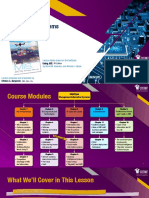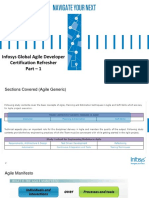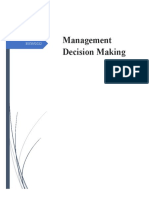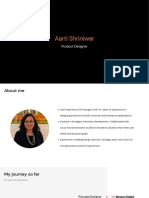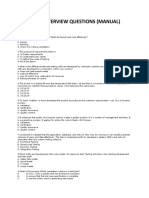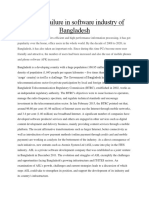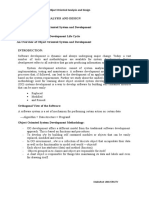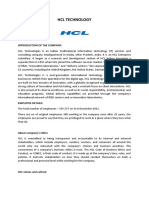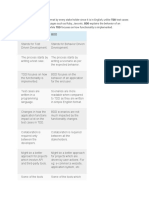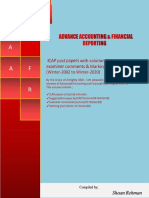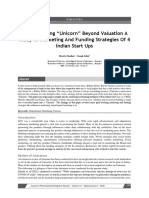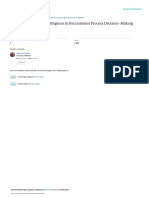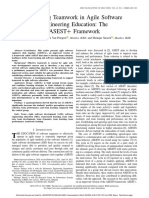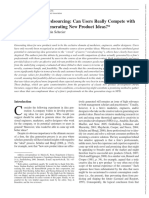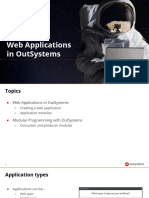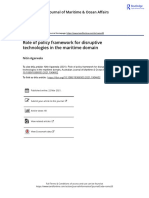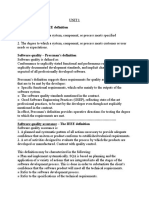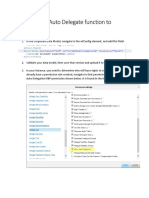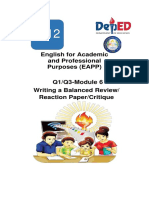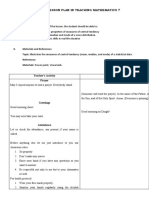0% found this document useful (0 votes)
416 views12 pagesSoftware Quality Process Assignment
The document discusses techniques for improving software quality by managing defects early in the development process. It argues that software quality assurance and formal technical reviews are most effective at this. Quality assurance involves planning, testing, and reviews to ensure requirements are met. Formal technical reviews uncover around 75% of defects in design and analysis, preventing their propagation to later phases. These techniques help produce higher quality software by controlling variations and defects from the start of development.
Uploaded by
No Bi TaCopyright
© Attribution Non-Commercial (BY-NC)
We take content rights seriously. If you suspect this is your content, claim it here.
Available Formats
Download as DOC, PDF, TXT or read online on Scribd
0% found this document useful (0 votes)
416 views12 pagesSoftware Quality Process Assignment
The document discusses techniques for improving software quality by managing defects early in the development process. It argues that software quality assurance and formal technical reviews are most effective at this. Quality assurance involves planning, testing, and reviews to ensure requirements are met. Formal technical reviews uncover around 75% of defects in design and analysis, preventing their propagation to later phases. These techniques help produce higher quality software by controlling variations and defects from the start of development.
Uploaded by
No Bi TaCopyright
© Attribution Non-Commercial (BY-NC)
We take content rights seriously. If you suspect this is your content, claim it here.
Available Formats
Download as DOC, PDF, TXT or read online on Scribd
/ 12



